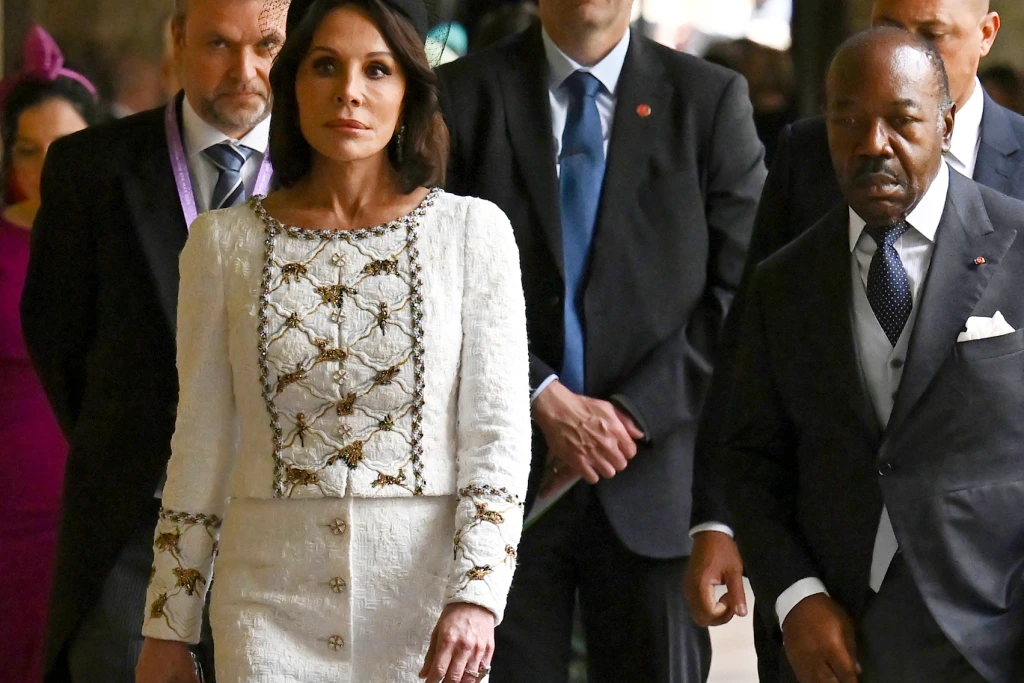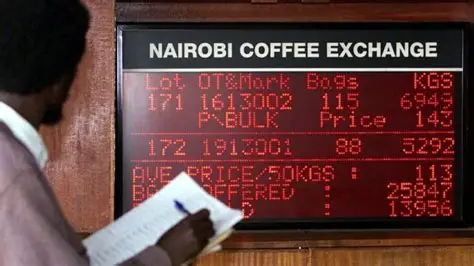Avram Glazer was in attendance at Old Trafford and saw the team he co-owns line up without fit-again goalkeeper Andre Onana and striker Rasmus Hojlund, who The Athletic revealed has been told he faces a challenge to get minutes under Amorim.
For Arsenal, 15-year-old midfielder Max Dowman travelled with the team but was not in the matchday squad.
Amorim chose Altay Bayindir to start in goal but he was powerless to stop Riccardo Calafiori heading in Declan Rice’s corner on 13 minutes. United responded well and Patrick Dorgu hit a post before David Raya saved superbly low down with his fingertips to deny Matheus Cunha.
New Arsenal striker Viktor Gyokeres, signed for an initial £55m ($75m) from Sporting CP, played an hour but struggled to make an impact, while Benjamin Sesko, United’s new striker signed from RB Leipzig as part of a new £200 million attack appeared off the bench for the last 25 minutes.
Raya pushed away Bryan Mbeumo’s header and then Sesko headed wide after the ball was recycled as Manchester United pushed for an equaliser but Arsenal held firm and are now unbeaten in their past 15 Premier League away games.
How does Arsenal’s ‘new’ free-kick routine work?
It may be a new season, but that doesn’t mean Arsenal will stop being inventive from set pieces.
No team has scored more goals from set pieces, excluding penalties, (71) than them since the start of the 2021-22 season, when specialist coach Nicolas Jover arrived from Manchester City. Liverpool (64) and Manchester City (60) have the next highest tallies in the league.
The routine with five players starting at the edge of the box just before the corner is taken is not necessarily brand-new. They first trialled it against Tottenham Hotspur in their third game of pre-season this summer, and they benefited in their first corner of the season.
The two runners from those five (Gabriel Martinelli and Martin Zubimendi) helped cause more chaos centrally as the ball was delivered. Mason Mount should have dealt with William Saliba better, getting the wrong side of him and Bayindir, but all that meant less attention was paid to Calafiori at the back post.
Arsenal did score from the back post at a corner in pre-season, Christian Norgaard against Villarreal, but it was from a different routine. Either way, ensuring that space is free can often be more dangerous than what is going on in the centre of the goal.
Arsenal taking the lead from a set piece probably should not be a massive surprise either, considering where their goals against Manchester United came last season.
What did Gyokeres do on his Premier League debut?
Viktor Gyokeres lasted just under an hour on his Premier League debut, which was somewhat reminiscent of his first start for Arsenal against Villarreal in pre-season.
The 27-year-old showed a willingness to make an impact but was just off in his execution at the vital moments. Matthijs de Ligt started on top in their individual battle but the Swede grew into the game and managed to give Arsenal an outlet at moments when they needed it.
As was the case in his pre-season starts, his runs in behind were not selfish ones. He often looked for his fellow attackers, Martinelli and Bukayo Saka, but over-hit his passes and failed to take real advantage of the situations he was in.
That subpar decision-making was not just a theme of Gyokeres’ performance, but Arsenal’s as a team. From the opening exchanges, it seemed like Arteta’s side struggled to get up to pace with Manchester United, and were therefore playing in a more reactive than proactive way — even if they had some nice attacking moments.
They will count themselves lucky for Raya, whose saves in both halves allowed them to just about start the season with a win and a clean sheet.
Kai Havertz wasn’t amazing in Gyokeres’ place, even with the fouls he won. So for Leeds United at the Emirates, Arsenal’s next game, the Swede shouldn’t have to worry about his starting spot.
Do Manchester United have a goalkeeper problem?
Amorim said before the game that Onana had “recovered” from his hamstring injury but that he had decided on other options, choosing Bayindir to start.
The 27-year-old has had a strange two seasons in England. Where many clubs use their second-choice goalkeeper in the domestic cups, Bayindir is more of a classic deputy, mostly stepping in when Onana is injured, as he was in pre-season or in need of a break.
Part of that is down to Bayindir’s more rudimentary passing ability and his weaknesses when defending corners. Last season saw him concede an Olympic goal and more than one team have opted to pack the six-yard box to limit his movement before a set piece is delivered.
Arsenal’s opening goal had an impressive setup to it, but it also owed a debt to Bayindir’s inability to wrestle past Saliba to get a proper handle of the ball as it was whipped in.
“The goalkeeper has got to be stronger,” said former Manchester United defender Gary Neville on Sky Sports commentary. “He will complain that he was fouled. He has a player in front of him; there is a lot of pushing and pulling, but he has to be stronger.”
Former Manchester City and England goalkeeper Joe Hart said Bayindir should have used his left arm to push off Saliba, while using his right to punch the ball away. To be a successful Premier League No 1, a goalkeeper should know when to scrap as well as make saves. Bayindir’s comparative timidity – coupled with United’s inability to protect him on set pieces – mean the team has a soft underbelly at crucial moments.
Unfortunately for Amorim, this is not a problem that gets solved if he brings back Onana, who has trained only three times with the team since regaining fitness. The Cameroon international has also been vulnerable against teams that pack the six-yard box, and his ability to make saves has often been erratic.
Does this mean United should re-prioritise a goalkeeper signing before the summer window closes? The Athletic has reported that the club are unlikely to sign another goalkeeper unless one of Bayindir or Onana are sold. United fans may want a move for Gianluigi Donnarumma, but he too has difficulty when defending corners and high balls, despite his 1.96 m (6ft 5in) frame.
Emiliano Martínez excels in this regard, but it is thought Aston Villa are unlikely to sanction a sale for less than £40 million ($54.2 million).
United have a confidence issue in and around their penalty area. Amorim may have to be bold when looking to fix it.
Since Amorim’s arrival in November 2024, Manchester United have looked like they lack the physicality to operate in the 3-4-3 shape and the principles the Portuguese head coach wants the team to abide by.
Amorim even spoke about the subject in his press conferences, explaining that one of the reasons United were performing better in the Europa League was the difference in physicality between it and the Premier League.
Fast-forward to United’s opening game in the 2025-26 Premier League season against Arsenal, and United have looked sharper off the ball. The timing of their forward jumps looked better, there’s no hesitation when being tight to one of the Arsenal players and United won more duels in midfield.
The improvement in intensity and physicality doesn’t only help United out of possession, but it also creates more transitional opportunities for them. More than once in the first half United won the ball back and quickly switched the play towards Mbeumo down the right side, or carried the ball forward and had an effort on goal, like Dorgu, who struck the post in the 30th minute from an offensive transition.
What did Sesko do off the bench?
There was a moment close to the 20-minute mark when Mbeumo’s pass found Diogo Dalot’s overlapping run in the final third. It was the sort of play that Amorim enjoys. A direct ball into the channels, won by his No 10, before a spare attacker burst into space against a disorganised defence.
The problem with Dalot’s run – outside of the fact it was about to be pulled back for offside – was that he had no one in the penalty box to direct a cross towards. Amorim’s front three of Mbeumo, Cunha and Mount offered a lot of off-ball energy and plenty of rotations but limited penalty-box threat. After an hour played, United had mustered four shots on target compared to Arsenal’s three, but the majority came from wide angles with a lower chance of success, Cunha’s low shot the closest.
It was little surprise that Amorim turned to Sesko in the 65th minute. The striker replaced Mount at the tip of the attacking spear and got right to work, hunting the spaces between Gabriel and Calafiori in the event a team-mate could find him with a quick pass in behind.
A quick run prior to the second-half water break was smart; as the ball was carried on the left wing, the striker bolted across Gabriel and Saliba to drag both centre-backs away from Mbeumo lurking at the back post. Mbuemo and Amad couldn’t quite sort their feet out to have a proper shot on goal.
Five minutes later, Sesko would again bolt from his preferred hunting ground and in towards the penalty spot when chasing a cross from Dorgu. The ball sailed over his head to Mbeumo, whose header was saved. The striker’s burst of pace over the first five yards will make him a handful for Premier League defenders this season. Sesko’s willingness to press from the front will please Amorim and season-ticket holders alike.
His first touch will take some time to sharpen up, as will his timing when leaping for crosses. But the energy is there. As is a sense of movement and ability to tussle with defenders that marks him above Hojlund and Joshua Zirkzee.
Sesko brought a combative focal point to a United team that had spent too many games without one last season. The 22-year-old will ultimately be judged on how many goals he brings to Amorim’s team, but there were promising moments in his half-hour appearance
- A Tell Media report / Republished from The Athletic







